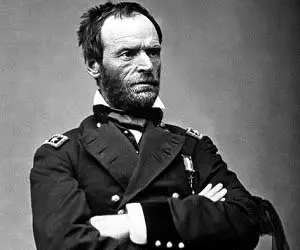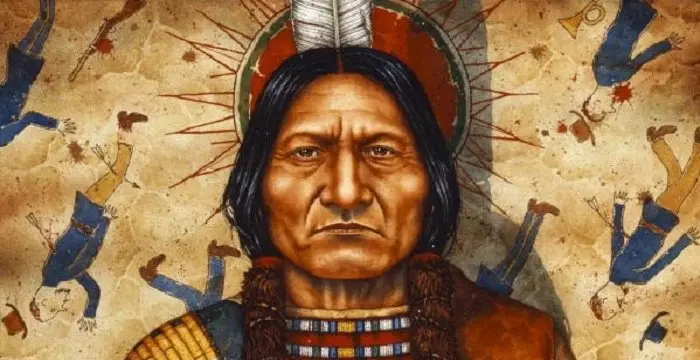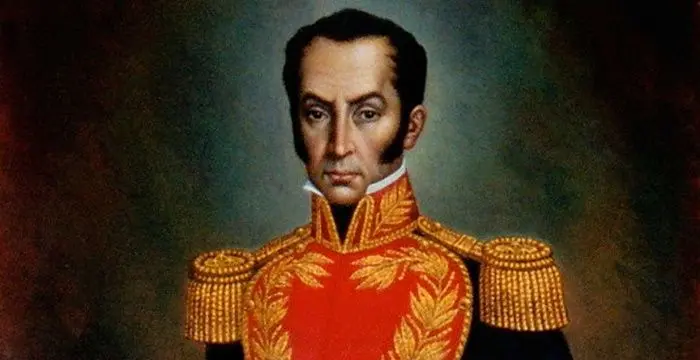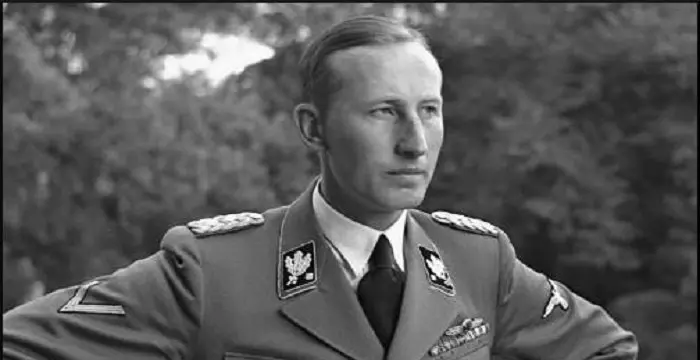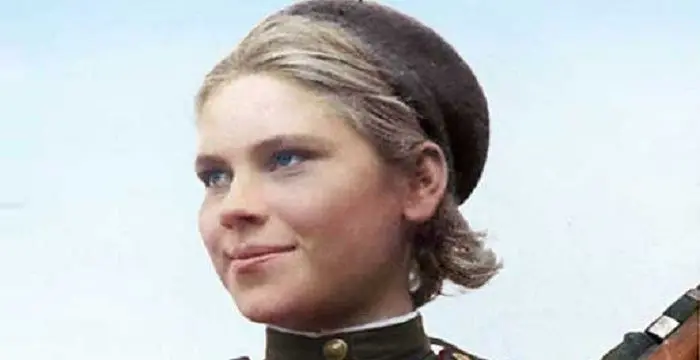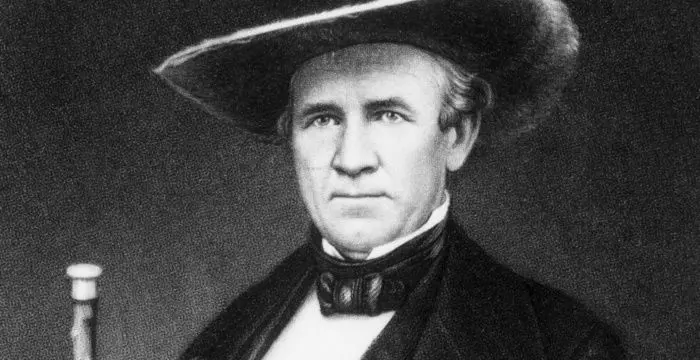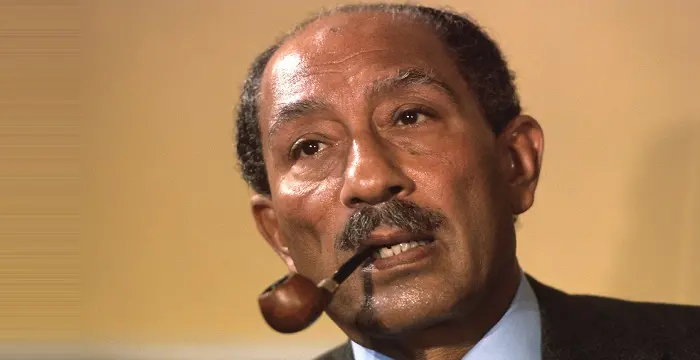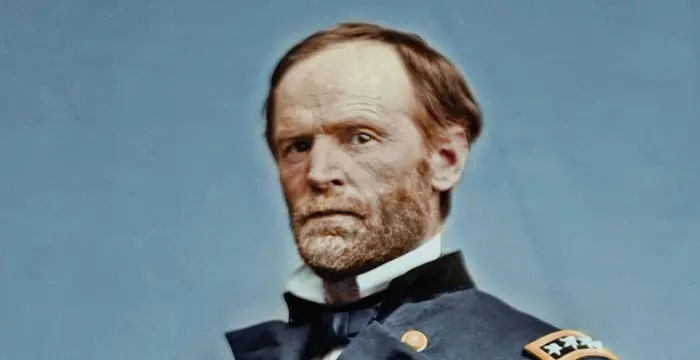
William Tecumseh Sherman - General in the Union Army during the American Civil War, Facts and Life
William Tecumseh Sherman's Personal Details
William Tecumseh Sherman was an American soldier who rose to the rank of General during the American Civil war
| Information | Detail |
|---|---|
| Birthday | February 8, 1820 |
| Died on | February 14, 1891 |
| Nationality | American |
| Famous | Leaders, Military Leaders, Soldiers, General in the Union Army during the American Civil War |
| Nick names | Cump, Uncle Billy |
| Spouses | Ellen Boyle Ewing |
| Siblings | Amelia Sherman, Charles Taylor Sherman, Frances Beecher Sherman, Hoyt Sherman, James Sherman, John Sherman, Julia Ann Sherman, Lampson Parker Sherman, Mary Elizabeth Sherman, Susan Denman Sherman |
| Known as | William Tecumseh Sherman |
| Childrens | Charles Celestine Sherman, Eleanor Mary Sherman, Maria Ewing Sherman, Mary Elizabeth Sherman, Philemon Tecumseh Sherman, Rachel Ewing Sherman, Thomas Ewing Sherman, William Ewing Sherman |
| Universities |
|
| Birth Place | Lancaster |
| Gender | Male |
| Father | Charles R. Sherman |
| Mother | Mary Hoyt |
| Sun Sign | Aquarius |
| Born in | Lancaster |
| Famous as | General in the Union Army During the American Civil War |
| Died at Age | 71 |
William Tecumseh Sherman's photo
Who is William Tecumseh Sherman?
William Tecumseh Sherman was an American soldier who rose to the rank of General during the American Civil war. 16-year-old Sherman joined the United States Military Academy, and after graduation started his service as Second Lieutenant in the 3rd U.S. Artillery. He was promoted as Captain, but resigned and held various jobs including that of a bank manager, lawyer, First Superintendent of the Louisiana military academy, and president of St. Louis Railroad company. With Lincoln calling for volunteers to quell secession, Sherman offered his service. He put up impressive action in First Battle of Bull Run, and provided logistical support to Brig. Gen. Grant for capture of Fort Donelson. His successful Union counterattack at Shiloh left him wounded in the hand and shoulder. At the Battle of Collierville, Tennessee, he successfully defended an attack by a 3,500 strong Confederate cavalry, and in the Battle of Chattanooga, he took Billy Goat Hill. However, his invasion of Georgia, and the capture of Atlanta city ensuring Republican candidate Lincoln’s presidential re-election, can be singled out as his biggest contribution to the Union. His March to the Sea saw the capture of the port of Savannah, Georgia. He further consolidated the Union victory by capturing South and North Carolina. He published a first-hand account of the Civil War, in his book ‘Memoirs’.
// Famous Military Leaders
Sitting Bull
Sitting Bull was a Teton Dakota Indian chief who led Sioux tribes in their struggle for survival on the North American Great Plains.
Simon Bolivar
Simón Bolívar was a Venezuelan military leader who was instrumental in independence of several Latin American countries from the Spanish rule. This biography profiles his childhood, life, achievements and timeline.
Reinhard Heydrich
Reinhard Heydrich was a high-ranking German Nazi official during the World War II. Check out this biography to know about his childhood, family life, achievements and other facts about his life.
Childhood & Early Life
William Tecumseh Sherman was born on February 8, 1820, in Lancaster, Ohio, to Charles Robert Sherman, a lawyer, and Mary Hoyt Sherman.
After his father’s unexpected death, his neighbour Thomas Ewing, an attorney and a prominent member of the Whig Party, raised nine-year-old Sherman.
At the age of 16, he joined the United States Military Academy at West Point as a cadet. He excelled academically, but did not like the system, and treated it with indifference.
Career
In 1840, Sherman graduated, and started service as Second Lieutenant in the 3rd U.S. Artillery. He saw action in the Second Seminole War in Florida, but was not posted at the war front.
In 1850, he was promoted to the rank of Captain. But due to lack of combat assignment, he resigned from the army and became bank manager of Lucas, Turner & Co.’s San Francisco branch. After the branch closed, he relocated to New York.
With the financial Panic of 1857, he closed the New York branch. He tried practicing law. He then accepted the post of First Superintendent of the Louisiana State Seminary of Learning & Military Academy.
In 1861, more Southern states were seceding from the Union. Sherman was required to accept receipt of arms surrendered to the State Militia by the U.S. Arsenal in Louisiana. Instead of complying, he resigned as superintendent because he could not bear to act or think any thought hostile to the United States.
After resigning, he went to the Washington D.C. He met Abraham Lincoln and shared his view about the the North's poor state of preparedness. But he found Lincoln unresponsive.
He became president of St. Louis Railroad company. He declined a position in the War Department in April 1861.
After the bombardment of Fort Sumter, Lincoln called for 75,000 three-month volunteers to quell secession. Sherman offered his service, and was summoned to Washington.
Commissioned as Colonel of the 13th US Infantry regiment in May 1861, an impressive action in the First Battle of Bull Run saw him promoted to Brigadier General of Volunteers under Robert Anderson in Kentucky.
He succeeded Anderson, and became pessimistic after shouldering the military responsibility for Kentucky. He insisted on being relieved, was transferred to Missouri, considered unfit for duty by Maj. Gen. Halleck, and put on leave.
He returned to service, and provided logistical support to Brig. Gen. Grant for capture of Fort Donelson. He was then assigned to West Tennessee as Commander of the 5th Division under Grant in 1862.
After a surprise Confederate attack, he provided a successful Union counterattack at Shiloh where he was wounded in the hand and shoulder. He was promoted to Major General of Volunteers on May 1, 1862.
In July 1862, Sherman became the military governor of occupied Memphis. In December, his forces were driven back at the Battle of Chickasaw Bayou. His XV Corps was ordered to join Maj. Gen. McClernand.
He performed well under Grant’s supervision in the successful Vicksburg Campaign of 1863. He was made Brigadier General in the regular army, in addition to his rank as a Major General of Volunteers.
He took command of the Union garrison of 550 men at the Battle of Collierville, Tennessee, on October 11, 1863, and successfully defended an attack by a 3,500 strong Confederate cavalry.
Sherman succeeded Grant in command of the Army of the Tennessee. During the Battle of Chattanooga in November 1863, he took Billy Goat Hill, but his troops were repeatedly repulsed at Tunnel Hill.
He began the March to the Sea with 62,000 men to the port of Savannah, Georgia, causing much damage to property on the way. His troops captured Savannah on December 21, 1864.
Sherman met General Johnston to negotiate a Confederate surrender. Without authorization, he agreed to terms dealing with political and military issues. Johnston’s army and the Confederate forces in the Carolinas, Georgia, and Florida surrendered.
With 60,000 of his troops, he proceeded to Washington, D.C., where they marched in the Grand Review of the Armies, on May 24, 1865, and were then disbanded marking the civil war’s end.
On July 25, 1866, Sherman was promoted as Lieutenant General. Three years later, he was promoted to General of the US Army. He also served for one month as interim Secretary of War.
Major Battles
Sherman invaded Georgia, and captured Atlanta city on September 2, 1864 ensuring Republican candidate Lincoln’s presidential re-election. Otherwise, the Democratic Party would have acknowledged the Confederacy’s independence, resulting in states’ seceding from the Union.
He captured South Carolina’s capital, Columbia on February 17, 1865. His troops then marched into North Carolina, and defeated Confederate General Joseph E. Johnston’s troops at the Battle of Bentonville.
Personal Life & Legacy
In 1850, Sherman married Eleanor Boyle “Ellen” Ewing, daughter of Thomas Ewing, Secretary of the Interior, in a ceremony in Washington, attended by President Zachary Taylor and other political leaders.
He published a first-hand account of the Civil War in his book ‘Memoirs’, published in 1875.
He died on February 14, 1891, at the age of 71, in his sleep. President Benjamin Harrison ordered all national flags to be flown at half mast.
// Famous Soldiers
Roza Shanina
Roza Shanina was a Russian sniper who came to be known as “the unseen terror of East Prussia” during World War II. Find more about her childhood, family, personal life, etc.
Reinhard Heydrich
Reinhard Heydrich was a high-ranking German Nazi official during the World War II. Check out this biography to know about his childhood, family life, achievements and other facts about his life.
Sam Houston
Sam Houston was a 19th century politician who played a key role in the creation of the state of Texas. This biography of Sam Houston provides detailed information about his childhood, life, achievements, works & timeline.
William Tecumseh Sherman biography timelines
- // 8th Feb 1820William Tecumseh Sherman was born on February 8, 1820, in Lancaster, Ohio, to Charles Robert Sherman, a lawyer, and Mary Hoyt Sherman.
- // 1840In 1840, Sherman graduated, and started service as Second Lieutenant in the 3rd U.S. Artillery. He saw action in the Second Seminole War in Florida, but was not posted at the war front.
- // 1850In 1850, he was promoted to the rank of Captain. But due to lack of combat assignment, he resigned from the army and became bank manager of Lucas, Turner & Co.’s San Francisco branch. After the branch closed, he relocated to New York.
- // 1850In 1850, Sherman married Eleanor Boyle “Ellen” Ewing, daughter of Thomas Ewing, Secretary of the Interior, in a ceremony in Washington, attended by President Zachary Taylor and other political leaders.
- // 1857With the financial Panic of 1857, he closed the New York branch. He tried practicing law. He then accepted the post of First Superintendent of the Louisiana State Seminary of Learning & Military Academy.
- // 1861In 1861, more Southern states were seceding from the Union. Sherman was required to accept receipt of arms surrendered to the State Militia by the U.S. Arsenal in Louisiana. Instead of complying, he resigned as superintendent because he could not bear to act or think any thought hostile to the United States.
- // 1861He became president of St. Louis Railroad company. He declined a position in the War Department in April 1861.
- // 1861Commissioned as Colonel of the 13th US Infantry regiment in May 1861, an impressive action in the First Battle of Bull Run saw him promoted to Brigadier General of Volunteers under Robert Anderson in Kentucky.
- // 1862He returned to service, and provided logistical support to Brig. Gen. Grant for capture of Fort Donelson. He was then assigned to West Tennessee as Commander of the 5th Division under Grant in 1862.
- // 1862After a surprise Confederate attack, he provided a successful Union counterattack at Shiloh where he was wounded in the hand and shoulder. He was promoted to Major General of Volunteers on May 1, 1862.
- // 1862In July 1862, Sherman became the military governor of occupied Memphis. In December, his forces were driven back at the Battle of Chickasaw Bayou. His XV Corps was ordered to join Maj. Gen. McClernand.
- // 1863He performed well under Grant’s supervision in the successful Vicksburg Campaign of 1863. He was made Brigadier General in the regular army, in addition to his rank as a Major General of Volunteers.
- // 1863He took command of the Union garrison of 550 men at the Battle of Collierville, Tennessee, on October 11, 1863, and successfully defended an attack by a 3,500 strong Confederate cavalry.
- // 1863Sherman succeeded Grant in command of the Army of the Tennessee. During the Battle of Chattanooga in November 1863, he took Billy Goat Hill, but his troops were repeatedly repulsed at Tunnel Hill.
- // 1864He began the March to the Sea with 62,000 men to the port of Savannah, Georgia, causing much damage to property on the way. His troops captured Savannah on December 21, 1864.
- // 1865With 60,000 of his troops, he proceeded to Washington, D.C., where they marched in the Grand Review of the Armies, on May 24, 1865, and were then disbanded marking the civil war’s end.
- // 1866On July 25, 1866, Sherman was promoted as Lieutenant General. Three years later, he was promoted to General of the US Army. He also served for one month as interim Secretary of War.
- // 1875He published a first-hand account of the Civil War in his book ‘Memoirs’, published in 1875.
- // 14th Feb 1891He died on February 14, 1891, at the age of 71, in his sleep. President Benjamin Harrison ordered all national flags to be flown at half mast.
// Famous Leaders
Edi Rama
Edi Rama is the current Prime Minister of Albania. Check out this biography to know about his childhood, life, achievements, works & timeline.
Tecumseh
Tecumseh was a Native American leader of the Shawnee clan. This biography profiles his childhood, life and timeline.
Khalifa bin Zayed Al Nahyan
Sheikh Khalifa bin Zayed Al Nahyan is the current President of the United Arab Emirates (UAE). Check out this biography to know about his birthday, childhood, family life, achievements and fun facts about him.
Anwar Sadat
Anwar Sadat was the third President of Egypt and has been awarded the Nobel Prize for his peace initiatives. To know more about his childhood, career, profile and timeline read on the following biography.
Leo Varadkar
Cam Leo Varadkar is the current Taoiseach—the Prime Minister—of the Republic of Ireland. Check out this biography to know about his childhood, family life, achievements and other facts about his life.
Swami Vivekananda
Swami Vivekananda was the chief disciple of Sri Ramakrishna, and was responsible for awakening India spiritually. Check this biography to know in detail about his life, profile and timeline.
William Tecumseh Sherman's FAQ
What is William Tecumseh Sherman birthday?
William Tecumseh Sherman was born at 1820-02-08
When was William Tecumseh Sherman died?
William Tecumseh Sherman was died at 1891-02-14
Where was William Tecumseh Sherman died?
William Tecumseh Sherman was died in New York City
Which age was William Tecumseh Sherman died?
William Tecumseh Sherman was died at age 71
Where is William Tecumseh Sherman's birth place?
William Tecumseh Sherman was born in Lancaster
What is William Tecumseh Sherman nationalities?
William Tecumseh Sherman's nationalities is American
What is William Tecumseh Sherman nick names?
William Tecumseh Sherman's nickNames is Cump, Uncle Billy
Who is William Tecumseh Sherman spouses?
William Tecumseh Sherman's spouses is Ellen Boyle Ewing
Who is William Tecumseh Sherman siblings?
William Tecumseh Sherman's siblings is Amelia Sherman, Charles Taylor Sherman, Frances Beecher Sherman, Hoyt Sherman, James Sherman, John Sherman, Julia Ann Sherman, Lampson Parker Sherman, Mary Elizabeth Sherman, Susan Denman Sherman
Who is William Tecumseh Sherman childrens?
William Tecumseh Sherman's childrens is Charles Celestine Sherman, Eleanor Mary Sherman, Maria Ewing Sherman, Mary Elizabeth Sherman, Philemon Tecumseh Sherman, Rachel Ewing Sherman, Thomas Ewing Sherman, William Ewing Sherman
What was William Tecumseh Sherman universities?
William Tecumseh Sherman studied at United States Military Academy
Who is William Tecumseh Sherman's father?
William Tecumseh Sherman's father is Charles R. Sherman
Who is William Tecumseh Sherman's mother?
William Tecumseh Sherman's mother is Mary Hoyt
What is William Tecumseh Sherman's sun sign?
William Tecumseh Sherman is Aquarius
How famous is William Tecumseh Sherman?
William Tecumseh Sherman is famouse as General in the Union Army During the American Civil War
